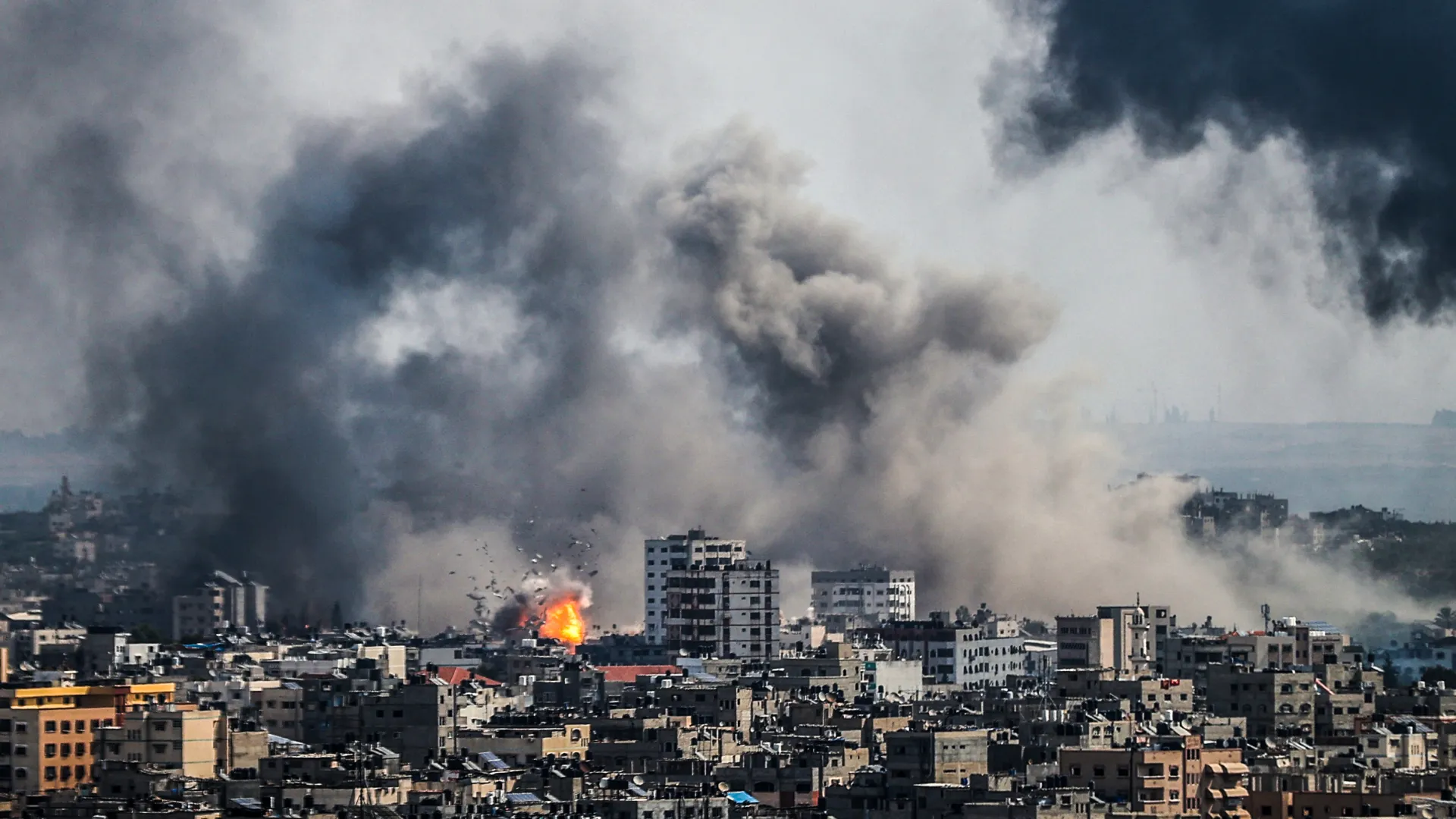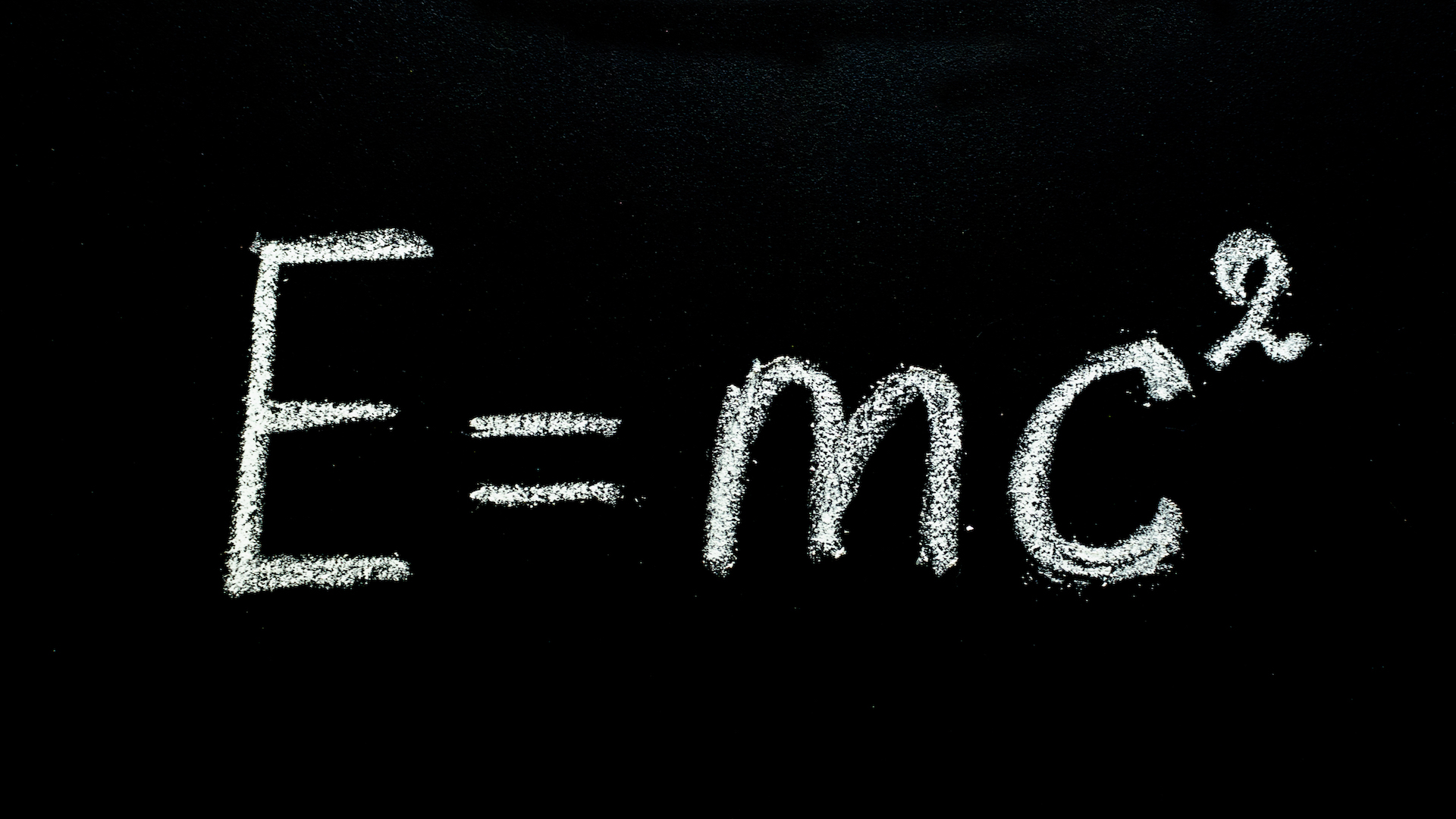In the aftermath of the October 7 attack, Israel has been striving to restore its military reputation. The assault, launched by Hamas, posed a substantial challenge to Israel’s intelligence apparatus and military forces. In retaliation, Israel initiated extensive military operations against Gaza and later expanded its efforts to confront Hezbollah in Lebanon. This article delves into Israel’s ongoing struggle, its military strategy, intelligence failures, and successes, as well as the broader implications of regional politics. The unfolding situation reflects a complex web of historical animosities, strategic interests, and regional power dynamics that shape the future of the Middle East.
Military Campaign in Gaza
Following the October 7 attack, Israel unleashed a comprehensive military offensive against Gaza, a move aimed at weakening Hamas's infrastructure. Hamas’s leader, Yahya Sinwar, managed to evade Israeli forces for over a year, orchestrating covert operations and attacks against Israel. It was only after months of relentless pursuit that Israeli forces neutralized him during a high-intensity operation. This marked a significant victory for Israel, as Sinwar was considered a key figure in orchestrating attacks. Yet, despite these efforts, Gaza remains a zone of intense hostility, with civilian casualties mounting and humanitarian crises deepening.
As Israel’s control over key territories in Gaza expanded, the focus shifted northward to Lebanon, where rockets from Hezbollah were raining down on Israeli cities. This escalation highlighted the multifaceted nature of Israel’s security challenges, forcing it to divide its resources between battling Hamas in Gaza and confronting Hezbollah on its northern front. For many observers, this dual-front conflict has historical echoes of past confrontations, raising concerns about a protracted and bloody engagement.
The Confrontation with Hezbollah in Lebanon
The conflict between Israel and Hezbollah is not a new phenomenon. The two have a long history of animosity, marked by intense military confrontations. The most notable was the 2006 Lebanon War, which ended with a United Nations-brokered ceasefire. Despite the temporary peace, tensions never truly dissipated. On October 8, barely a day after Israel began its retaliation in Gaza, Hezbollah fired a barrage of rockets into Israeli territory, effectively shattering the fragile truce. The renewed hostilities have further strained relations between Israel and Lebanon, threatening to plunge the region into deeper instability.
Hezbollah, backed by Iran, has consistently positioned itself as a formidable adversary to Israel. With sophisticated weaponry and entrenched positions in southern Lebanon, Hezbollah’s capabilities present a persistent threat. However, Lebanon’s official military has remained largely uninvolved in this latest round of hostilities, leading to a complex situation where the Lebanese population finds itself caught in the crossfire due to Hezbollah’s actions.
The attacks have devastated many communities in both Israel and Lebanon, with thousands of civilians displaced and infrastructure damaged. This military engagement has strained already fragile Lebanese social and political structures, deepening the nation’s economic crisis. The escalating violence along the Israel-Lebanon border has also prompted fears of a broader regional conflict, with potential spillovers into neighboring countries.
Iran and Israel’s Strategic Clash
The rivalry between Israel and Iran has added another layer of complexity to the ongoing conflict. Iran, a staunch supporter of Hezbollah and Hamas, has long sought to challenge Israeli influence in the region. Analysts suggest that Iran, alongside its allies, expected Israel to be slow to respond to the October 7 attacks. These surprise attacks by Hamas were intended to catch Israel off guard, forcing it into a multi-front conflict that would strain its military resources. However, despite the initial setbacks, Israel’s forces regrouped, deploying a mix of airstrikes, ground operations, and intelligence efforts to counter the threat.
Israel’s countermeasures in Gaza and Lebanon have not only been directed at eliminating immediate threats but also at sending a message to Tehran. The Israeli military has targeted key supply routes and infrastructure that Iran uses to channel support to Hezbollah and Hamas. This has further raised the stakes, making it clear that any escalation from Hezbollah or Hamas could prompt even more direct Israeli action against Iran’s interests in the region.
The presence of Iranian advisors in Lebanon, coupled with the supply of advanced weaponry to Hezbollah, has underscored Tehran’s role in the conflict. This has also fueled Israel’s concerns about an expanded Iranian influence in the Levant, potentially turning Lebanon into a permanent base for anti-Israel operations. Meanwhile, the United States and other Western allies have called for de-escalation but have largely backed Israel’s right to defend itself.
Israel’s First Lebanon War: A Historical Parallel
Israel’s first Lebanon War in 1982 offers a striking historical parallel to the current conflict. That war, launched under the pretext of targeting the Palestine Liberation Organization (PLO) in Lebanon, saw Israeli forces advancing as far as Beirut. The PLO leader, Yasser Arafat, was forced to flee to Tunisia, and Israel achieved a significant military victory. However, the political fallout within Israel was immense, leading to widespread protests against the war. Sabra and Shatila, the refugee camps where hundreds of civilians were massacred by allied Lebanese militias, left a deep scar on Israel’s domestic and international standing.
The 1982 war also marked the emergence of Hezbollah, which framed itself as a resistance movement against Israeli occupation. By the late 1980s and throughout the 1990s, Hezbollah grew in strength, transforming from a local militia into a regional powerhouse, bolstered by Iranian funding and training. For Israel, this marked a shift in its security dynamics, as Hezbollah’s guerrilla tactics and rocket attacks became a constant threat to its northern communities.
The Rise of Hezbollah and the Dynamics of Regional Politics
Hezbollah’s rise is deeply intertwined with the political landscape of Lebanon and the broader Middle East. The organization’s strong ties to Iran have positioned it as a key player in regional geopolitics, often acting as Tehran’s proxy in its confrontations with Israel. Hezbollah’s influence within Lebanon has grown steadily, with its social services and military prowess making it a dominant force among the Shia community.
For Israel, Hezbollah represents a strategic challenge that goes beyond conventional warfare. Its ability to blend into civilian populations and its extensive underground networks make direct confrontations costly and complex. Furthermore, Hezbollah’s positioning allows it to strike deep into Israeli territory, as demonstrated by the rocket attacks that followed the October 7 incident.
The regional dimension of the Israel-Hezbollah conflict is further complicated by the Abraham Accords, which have seen Israel normalizing relations with several Gulf states. These new alliances were intended to counter Iranian influence, but the current conflict tests their resilience. The Gulf states, while maintaining their diplomatic ties with Israel, face internal pressures over the humanitarian toll of the Israeli military operations in Gaza. The regional calculus is shifting, with countries like Saudi Arabia attempting to balance their strategic interests with popular sentiment against Israel’s actions.
The Current State of Conflict: A Dual-Front Challenge
As the fighting in Gaza rages on, Israel’s attention is also drawn to its northern front, where skirmishes with Hezbollah continue. Israeli leaders believe that decisive action against Hezbollah is crucial to ensure the long-term safety of its northern residents. The Israeli government has mobilized thousands of reserve troops, and military drills near the Lebanese border have intensified, signaling a potential ground operation similar to those conducted in Gaza.
This dual-front conflict presents a significant logistical and strategic challenge for Israel. The simultaneous operations in Gaza and Lebanon require careful coordination to avoid overstretching its military resources. The Israeli air force has been conducting precision strikes in southern Lebanon, targeting Hezbollah’s missile launch sites and infrastructure. Meanwhile, the navy has been patrolling the Mediterranean coast to prevent arms smuggling into Gaza and Lebanon.
The potential for a wider regional escalation looms large, with neighboring countries watching closely. Jordan and Egypt, which share borders with Israel and have peace treaties with it, are concerned about the impact of a prolonged conflict. The refugee crisis from Gaza, the potential spillover of violence into their territories, and the strain on their relations with Israel add to the complexity of the situation.
Future Prospects: A Path to Resolution or Prolonged Conflict?
The critical question remains: How will Israel navigate its way out of this multifaceted conflict? Will it attempt a long-term occupation of parts of Lebanon and Gaza, or will it once again seek a diplomatic resolution through international mediation? After intense military campaigns, Israel will need to shift towards a political strategy that aims at stabilizing the region. The challenge lies in finding a balance between military deterrence and diplomatic engagement.
The outcome of this conflict could reshape the geopolitical landscape of the Middle East. A prolonged war could draw in more regional actors, destabilize fragile states like Lebanon, and alter the balance of power between Israel and its adversaries. Conversely, a ceasefire or diplomatic agreement could open new avenues for peace, albeit with many unresolved tensions.
The ongoing conflict between Israel, Hamas, and Hezbollah has created a volatile environment across the Middle East. The military actions in Gaza and Lebanon have raised critical questions about the future stability of the region. Israel’s strategy of militarism and retaliation has challenged its adversaries but also brought forth long-term political and humanitarian crises that demand resolution. Beyond military victories, Israel faces the daunting task of ensuring political stability and addressing the underlying issues that fuel these perennial conflicts.





















0 Comments